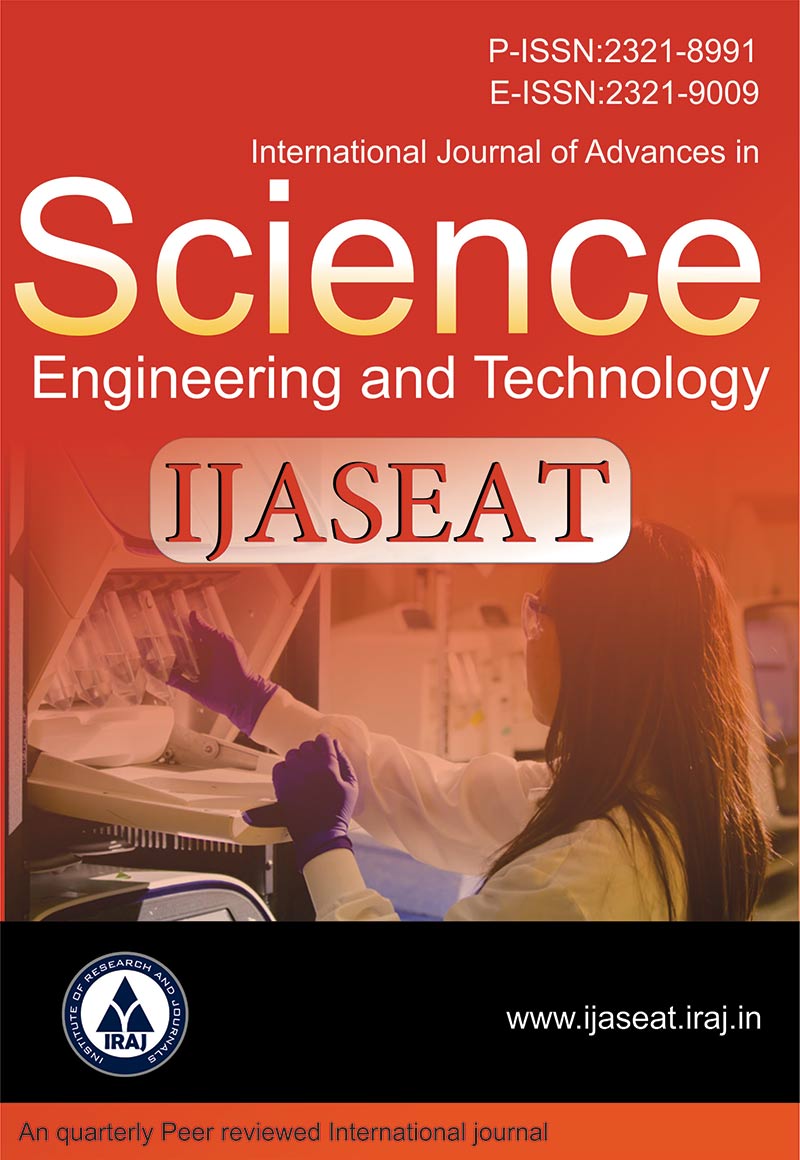Publish In |
International Journal of Advances in Science, Engineering and Technology(IJASEAT)-IJASEAT |
 Journal Home Volume Issue |
||||||||
Issue |
Volume-6, Issue-2 ( Apr, 2018 ) | |||||||||
Paper Title |
An Automatic Assessment of Facial Symmetry before and after Orthognathic Surgery based on Three-Dimensional Contour Features using Deep Learning System | |||||||||
Author Name |
Hsiu-Hsia Lin, Lun-Jou Lo, Wen-Chung Chiang, Chin -Fa Chen | |||||||||
Affilition |
Craniofacial Research Center, Chang Gung Memorial Hospital Department of Plastic and Reconstructive Surgery, Chang Gung Memorial Hospital Department of Marketing and Distribution Management, Hsiuping University of Science and Technology 4Department of the Graduate Institute of Sports and Health Management, National Chung Hsing University | |||||||||
Pages |
38-41 | |||||||||
Abstract |
Improvement of the facial asymmetry has become as important as correction of the malocclusion in the evaluation and planning for orthognathic surgery. In this study, we proposed an automatic deep learning system (DLS) to extract three-dimensional (3D) contour features and assess the degree of facial symmetry in patients treated with orthognathic surgery. A total of 500 normal populations were included to construct the DLS. The ground truth was based on an average of the survey of 50 of diverse referees offering their facial symmetry ratings over a 10-point scale for 500 3D facial images via an auto-play and separate slide show. The facial region of interest (ROI) was extracted by removing the disturbed region, such as the ears, the neck and all points above the hairline. A contour map was extracted from the ROI image, and used as an input pattern for automatic DLS, which included a deep convolutional neural network (CNN) for feature extraction, and a regression network provided for prediction. The experimental results showed that our model achieved 78.85% accuracies on held-out test patterns. The facial symmetry degree assessment within 1 degree was 98.63%. In addition, our method was compared with conventional 2D approaches, which obtained better results than 2D-only features which resulted accuracy is 65% using the same sample size, and the CNN system. For clinical application, 100 patients with facial asymmetry were enrolled in evaluating facial symmetry improvement after orthognathic surgery. A paired t-test was used to compare the significance of the differences between the pre-surgery and post-surgery assessing result of facial symmetry using DLS, with p < 0.05 considered significant. The mean of preoperative facial symmetry degree (0.92 ± 0.17) was higher than of postoperative (0.65 ± 0.13) with a significant improvement (p = 0.021). Index Terms - About four key words or phrases in alphabetical order, separated by commas. | |||||||||
| View Paper | ||||||||||